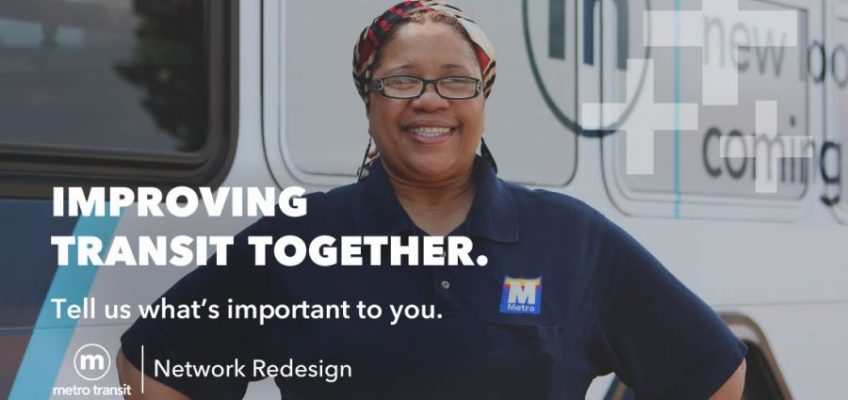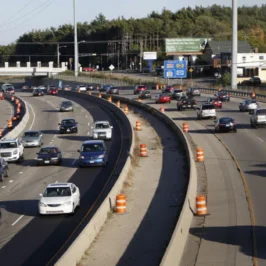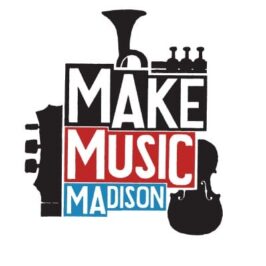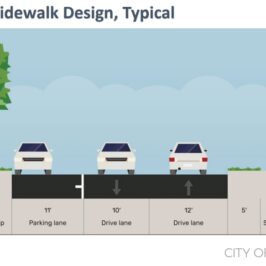Letter to City of Madison Transportation Policy and Planning Board, Transportation Commission, and Metro Transit Officials from the Crawford-Marlborough-Nakoma Neighborhood Association (CMNNA)
Over the past almost two years, this Neighborhood Association has been hearing from many residents who have been struggling to find bus transportation to their jobs since the elimination of Route #19. We understand that this was done due to constraints related to the Covid-19 lockdown, loss of ridership, and more recently lack of enough drivers. As the pandemic drags on, the route cuts have begun to seem permanent. We are advised now by Metro officials to wait for the metro redesign process to develop. As a Neighborhood Association we are advocating for better bus service than what we are left with now.
We have numerous residents in the neighborhood who have relied on bus service to get to jobs on the U.W. Campus and downtown. I am sure you have heard in detail from some of them of their difficulty with making use of the suggested Route #18, which runs between the West and South Transfer Points. For some it involves quite a long walk to catch it. It requires a trip either West or South in order to go East, and requires a transfer. Some routes leaving the transfer points have schedules which don’t match with arrival of the 18, so a rider could have a 20-30 minute wait for their next bus. The same is true in the reverse direction. This just isn’t workable for anyone with an eight hour work day and family responsibilities before and after.
Now we are in the midst of the Transit Redesign process. Our Neighborhood Association sponsored a Transit Redesign Focus Group last September, and became familiar with the two design models, Ridership and Coverage, and their pros and cons. We expressed our concerns whether there will be resumption of an accessible bus route that takes Nakoma Rd through our neighborhood, on an efficient, direct route to the west end of Campus and on to downtown. This used to be about a 25 minute trip, vs the 50-60 minutes it now takes using #18. Have these concerns been heard?
We are anxiously awaiting the introduction of the Phase 3 draft redesign, which will follow “mostly” the Ridership model. A big question remains as to whether this model will result in loss of adequate service for our neighborhood as well as for many other neighborhoods. The Alternatives Report states that the Ridership model focuses on higher frequency of service along fewer, straighter routes, and no transfer hubs. To quote the Report: “The consequence of these choices is also that there would be: • LESS COVERAGE: Some areas would be a longer walk from service. For some people, transit may be too far to walk to at all.” How many is “some people”? It appears to us that, unless significant changes are made to improve coverage, there will be winners and losers in the new system.
The Crawford-Marlborough-Nakoma Neighborhood Association questions the wisdom and acceptability of this trade-off. We wish to point out that the Crawford and Marlborough portions of our neighborhood are made up of modest homes, and residents of modest, limited, or fixed incomes. We have apartment buildings, rental homes, and subsidized low income housing. We are a diverse community. Our residents need and deserve to have inclusive, efficient and direct bus service to jobs and events on Campus and Downtown. Our older residents who no longer drive also deserve accessible bus transportation. Expecting our residents to walk long distances to reach bus stops effectively discriminates against seniors and anyone with even minor mobility issues. Our neighborhood thus becomes less livable, to the great disappointment of people who chose this neighborhood based in part on its bus service.
There is also an aspect of the redesign alternatives study that we take issue with. We don’t think the study correctly measures the impacts of either of the design alternative models. This is because all the studies and impact analyses of the redesign models is based on comparisons to service “as it existed in early 2021”, which is after all the Covid related cuts were made. Approximately 16 routes were eliminated, and that impact has not been taken into account. According to the Alternatives Report, “Metro operated 20% less service in Fall 2020 vs Fall 2019.” So the loss of service to our neighborhood and others due to those cuts has not been measured and is not accounted for in the study. The study is based on comparisons to a constrained system. Is this the best way to make long-term decisions?
Summary: We in the Crawford-Marlborough-Nakoma Neighborhood hope that you will take our questions and criticisms seriously. We think far-sighted, long range decisions need to be based on complete and accurate data. We also assert that a major infrastructure system such as Metro Transit, paid for by local, state and federal taxes should serve the entire City. Support for inclusivity and neighborhood livability has long been a foundation of Madison’s City Government, and we argue that Metro Transit should have a system consistent with these goals. We argue that the next stage of Redesign should include significant changes to improve service to our neighborhood in particular, and in general improve coverage to areas throughout the City left out by the Ridership model.
The Crawford Marlborough Nakoma Neighborhood Association Board of Directors
Kevin Pomeroy – President – area3@cmnna.org
Mary Odell – Vice President – area2@cmnna.org
LaVonne Bennett – Treasurer – area6@cmnna.org
Carol Buelow – area6@cmnna.org
Sue Reget – area6@cmnna.org
Laura Scandurra – area5@cmnna.org







